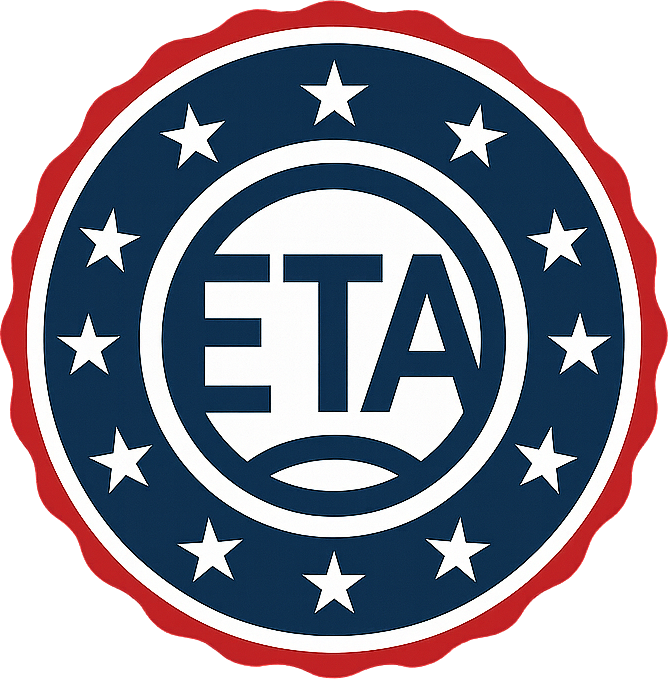Global ETA TRAVEL
How ETAs and eVisas Have Modernized Traditional Visas
Digital travel authorizations, including Electronic Travel Authorizations (ETAs) and eVisas, have become widely adopted as efficient, technology-driven alternatives to standard visa procedures. These systems simplify international entry for travelers from eligible or visa-exempt countries. Both options aim to streamline short-term travel authorization, offering specific advantages based on each traveler’s citizenship, destination, and purpose of visit.
Comparison Between eVisas and Electronic Travel Authorizations
1. Purpose and Application:
An eVisa is an officially issued electronic document that grants travelers permission to enter a country for a temporary period, usually for tourism, business, or educational purposes. Unlike traditional paper-based visas, the entire process—from application to approval—is conducted online, and authorization is received digitally.
In some cases, obtaining an eVisa may require uploading supporting materials such as proof of travel, accommodation details, or other relevant documentation, depending on the entry policies of the destination country.
An Electronic Travel Authorization (ETA) is a digital pre-screening system designed for travelers from visa-exempt countries. It grants approval to board a flight and proceed to the destination’s entry point, where immigration authorities make the final decision on admission. ETAs are typically processed quickly and require only minimal information, as their main purpose is to conduct advance security checks and verify eligibility before travelers arrive—without the need for a traditional visa.
2. Who Can Apply and How Long It Lasts:
eVisas are available to travelers from a wide range of countries and are generally issued for short or single-entry visits, depending on the destination’s entry policies. These authorizations are often valid for stays of about 30 to 90 days and are suitable for travelers visiting for tourism, business, or short-term study.
ETAs, on the other hand, are primarily meant for citizens of countries that do not require a standard visa. They simplify entry for shorter visits and can allow multiple trips over an extended timeframe—often between two and five years—as long as the traveler’s passport information remains unchanged.
3. How to Apply and When to Expect Approval:
Applying for an eVisa often involves a more detailed procedure. Applicants may be asked to upload additional documents, complete verification steps, or even attend an interview in certain cases. Processing times can vary by country, sometimes taking several days or weeks to complete, depending on official review timelines.
ETA applications, however, are much quicker and typically require only essential passport and personal details. Most ETA requests are reviewed within hours, making them ideal for last-minute or planned travel. Once approved, the ETA is digitally connected to the traveler’s passport, removing the need to carry printed paperwork or extra documentation.
Benefits Overview
Effortless Application
Both eVisas and ETAs provide a fully digital application system, eliminating the need to visit embassies or consulates in person. Everything can be managed online from start to finish.
Time Efficiency
Processing times are significantly faster—ETAs are often approved within hours, while eVisas may take a few days—making both options quicker than traditional visa methods.
Enhanced Security
Through pre-screening measures, ETAs and eVisas help enhance border security by allowing authorities to verify traveler details ahead of time and reduce possible risks during entry.
Global Examples of ETA and eVisa Systems
Many countries have successfully implemented ETA and eVisa platforms to simplify entry procedures for eligible travelers. These systems make cross-border travel faster, more efficient, and paper-free.

Canada
Canada’s ETA allows travelers from select visa-exempt nations to apply digitally before their trip. Approved authorizations remain valid for up to five years and can be used for multiple visits. This process is mandatory for air travelers entering the country.

Australia
Australia provides an ETA option for short-term tourism or business visits. The application is quick and straightforward, valid for one year, and supports multiple entries. This setup offers flexibility for frequent travelers visiting for leisure or business-related activities.

India
India’s eVisa system caters to tourists, business professionals, and medical visitors from over 150 countries. The visa duration ranges from 30 days to one year, depending on the applicant’s travel purpose and selected category.

United Kingdom
The UK is expanding its ETA framework to include travelers visiting for tourism, business, or transit purposes. Once approved, the ETA allows short-term stays and can be used for multiple travel purposes, such as sightseeing, attending meetings, or passing through the UK.
